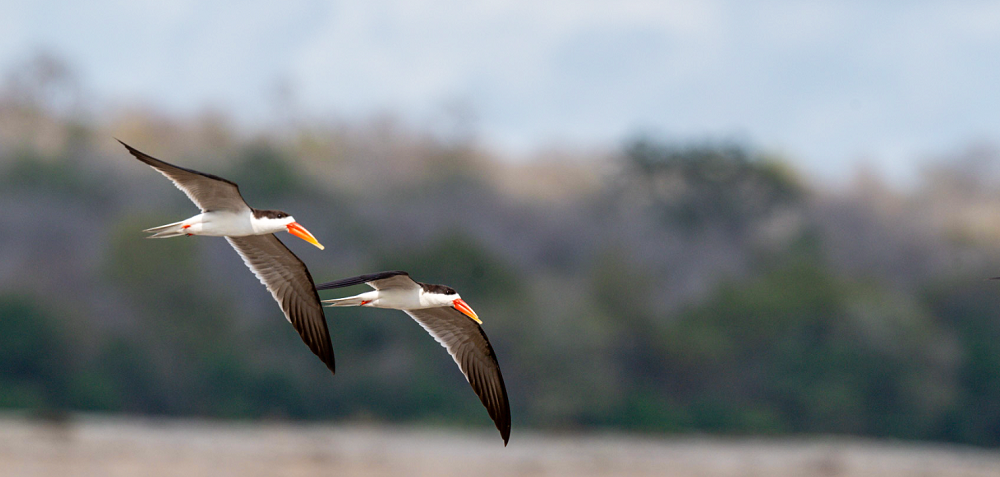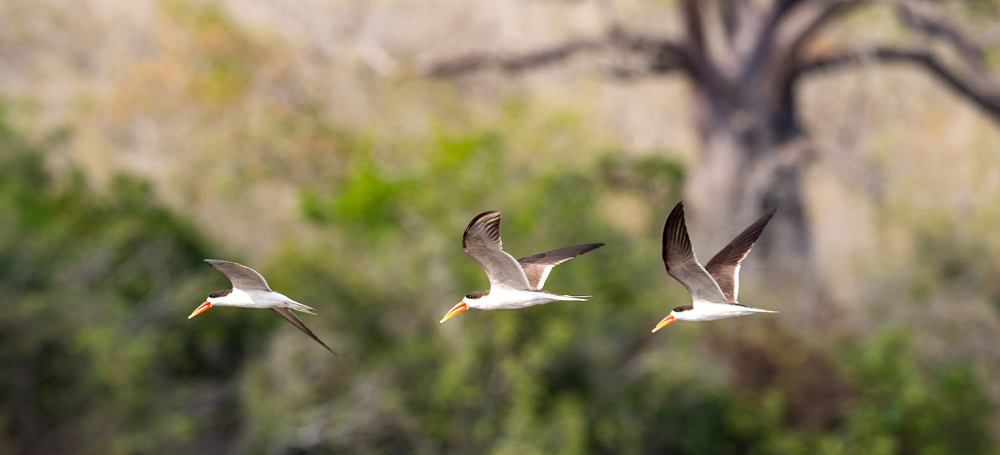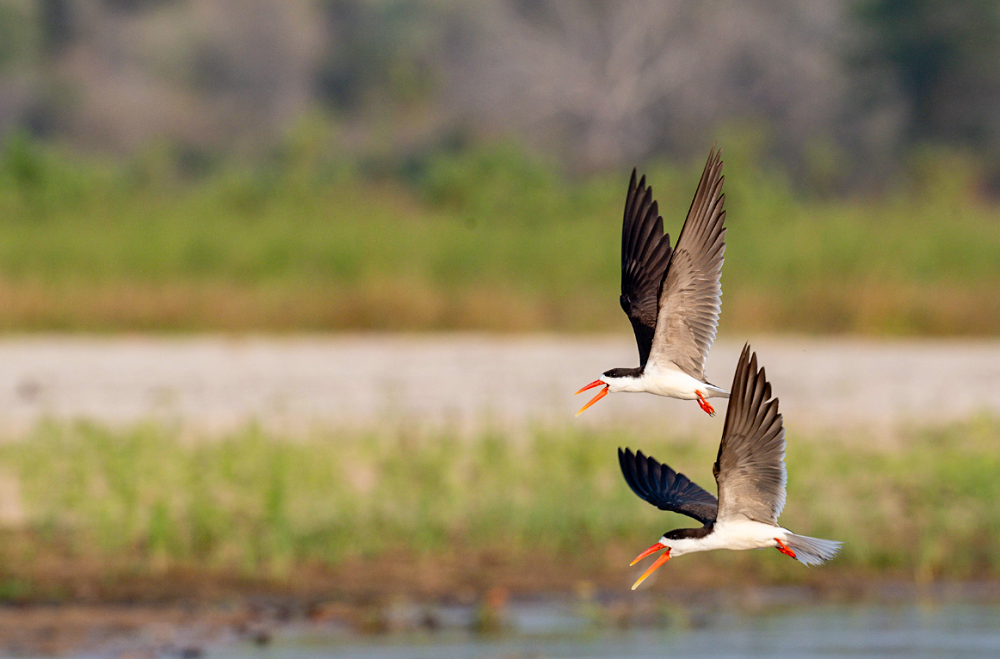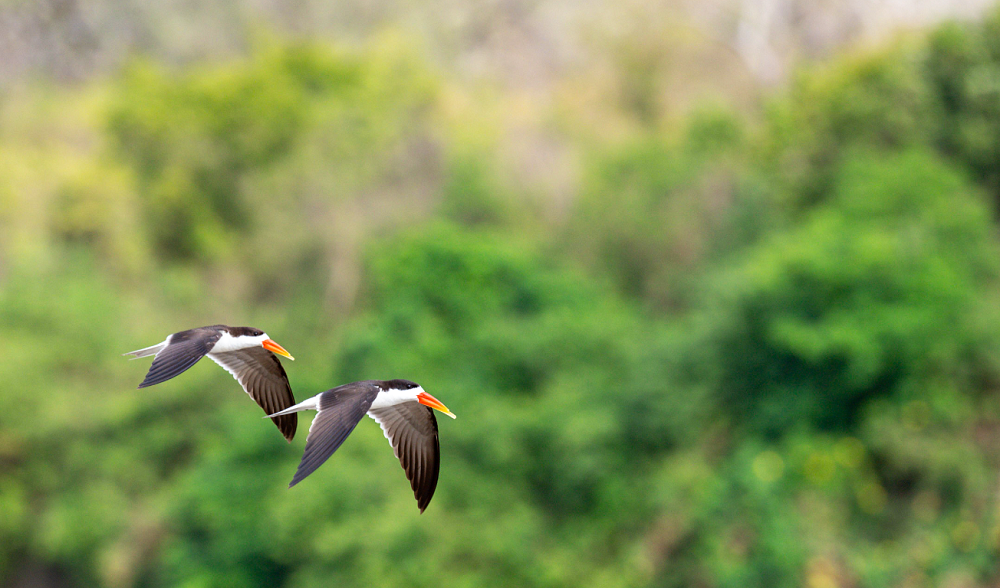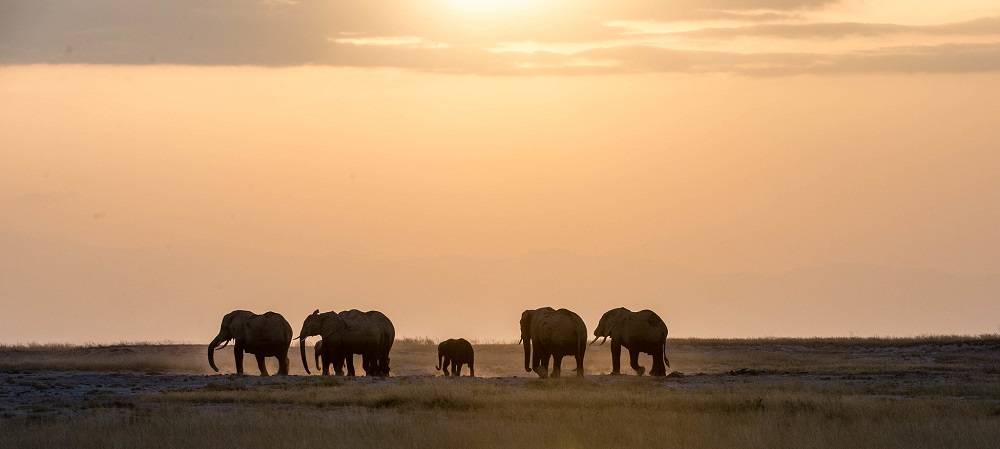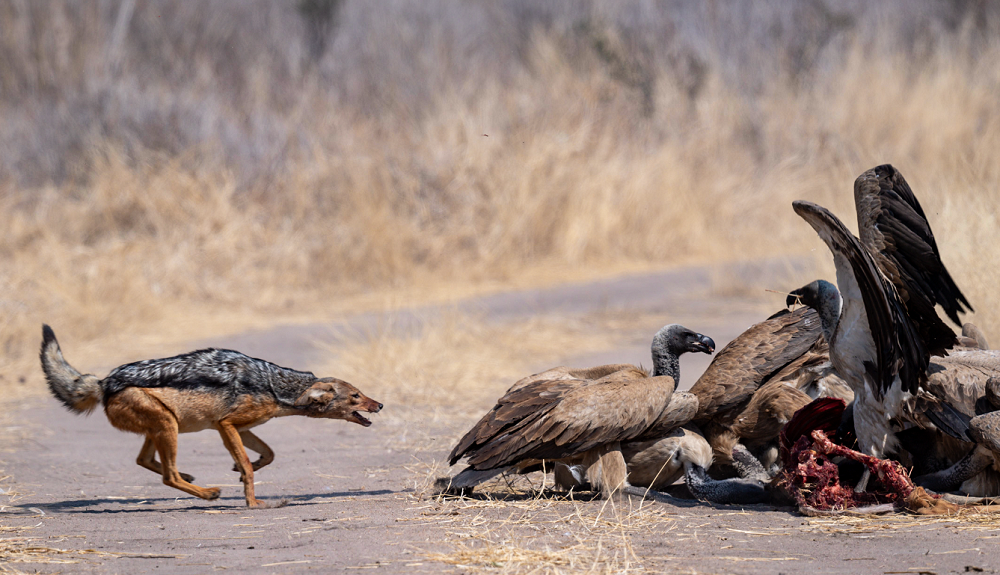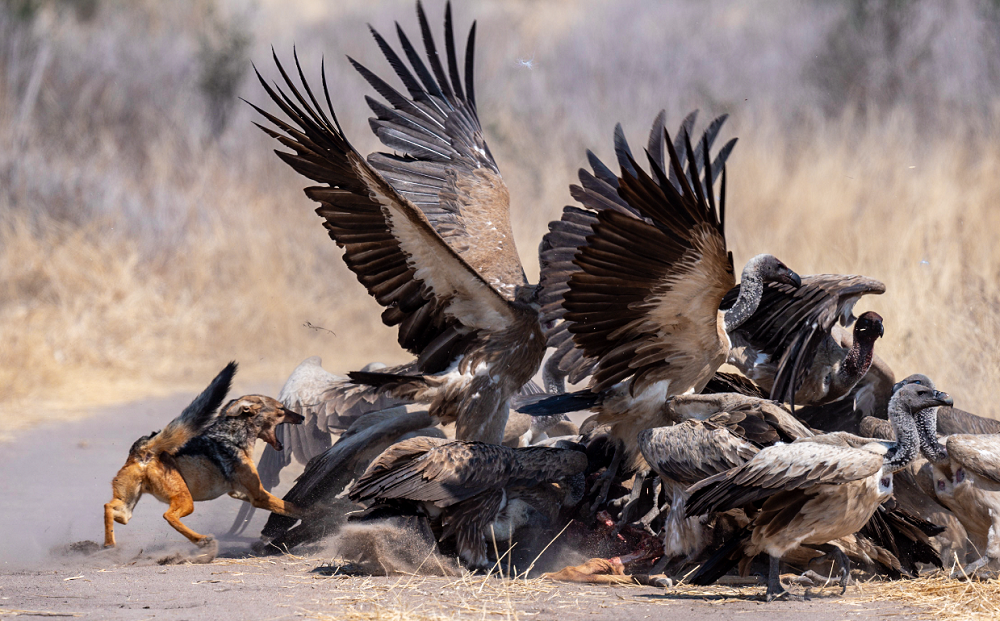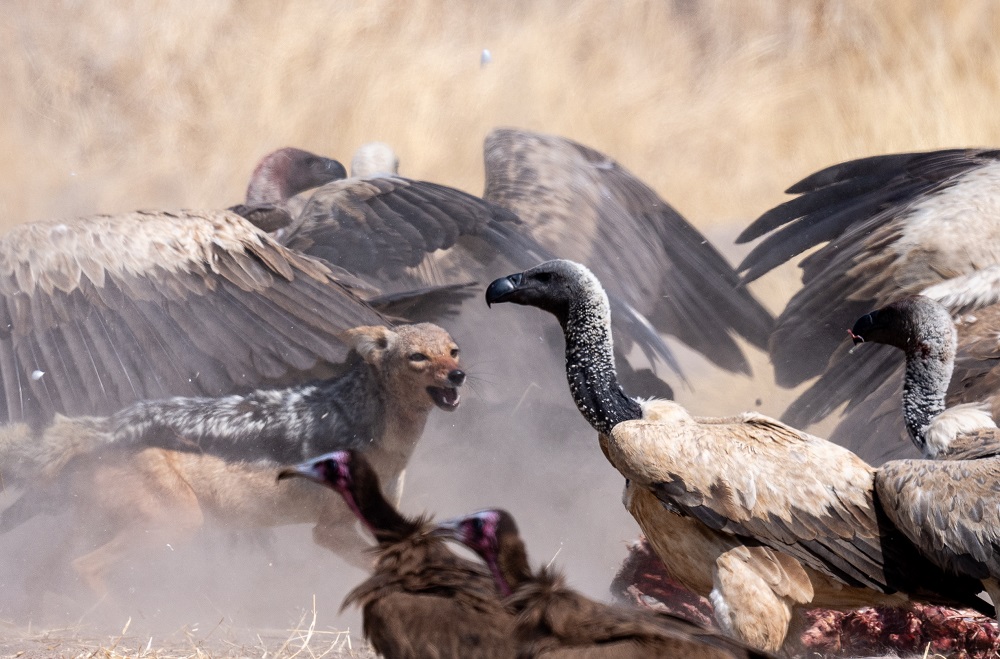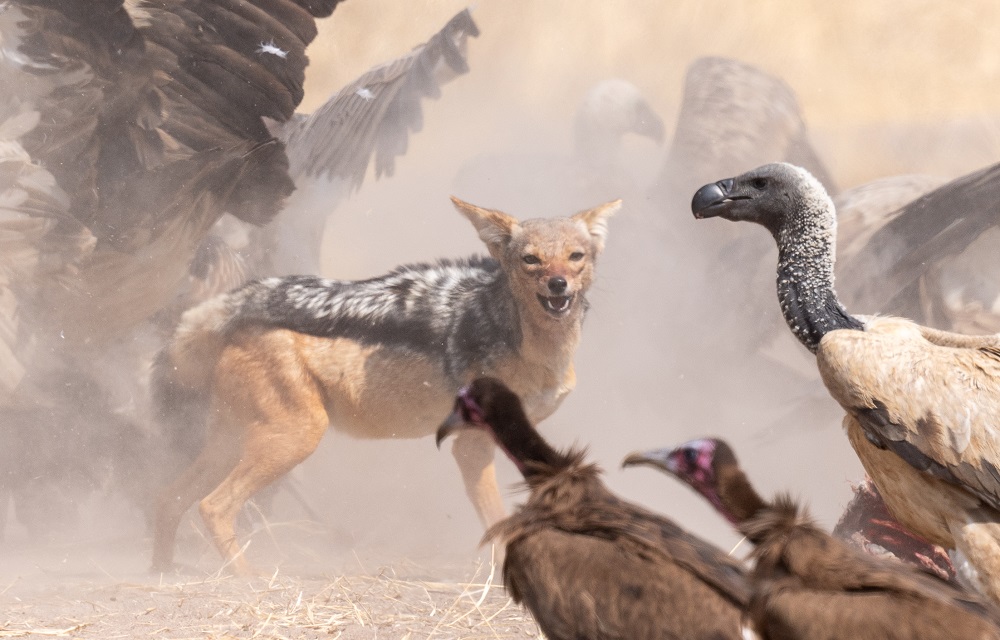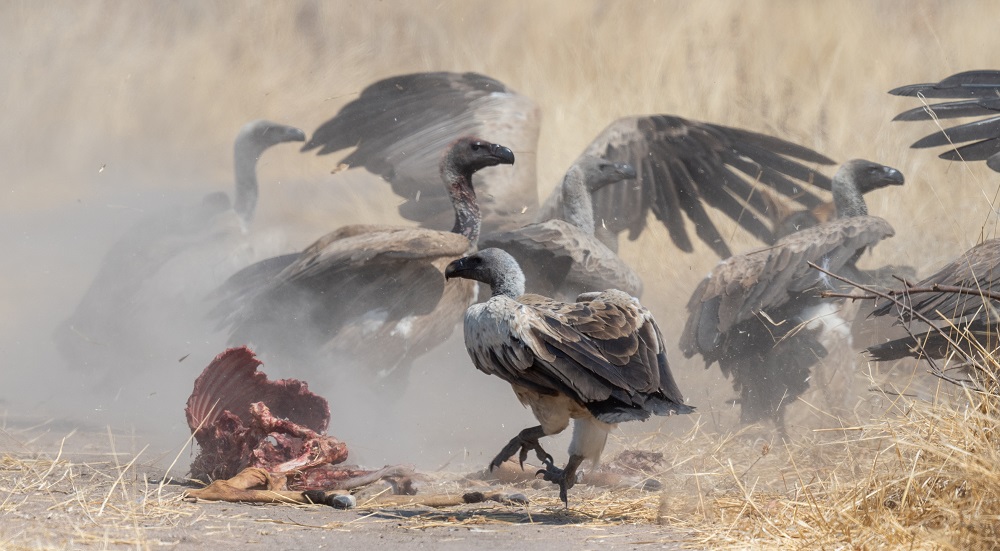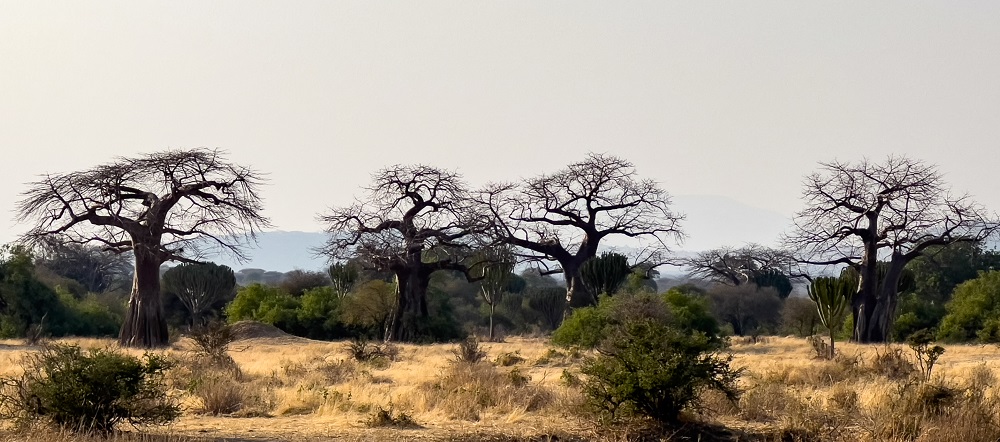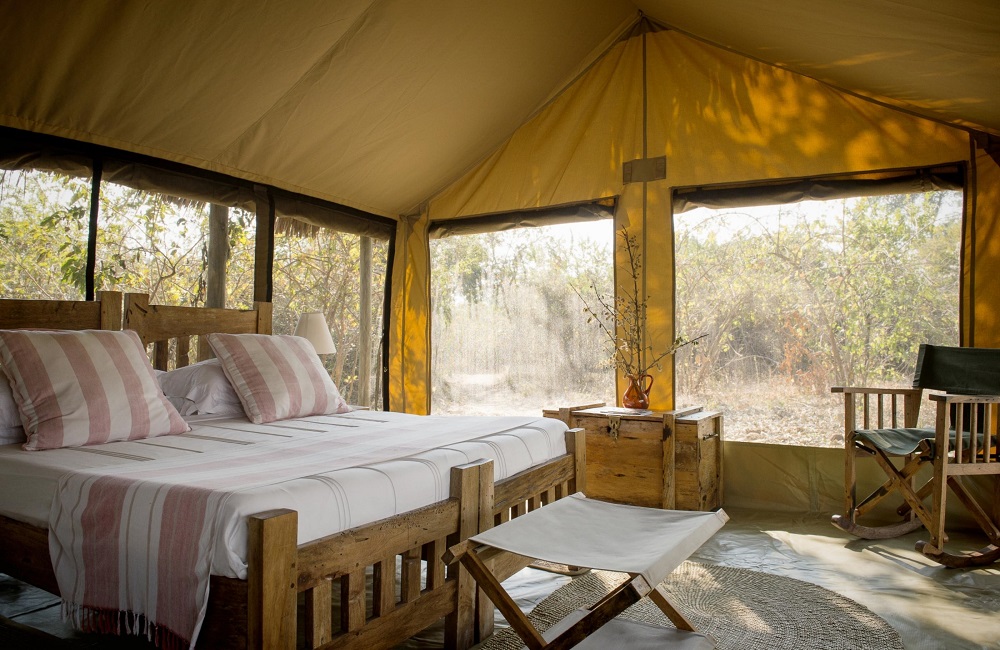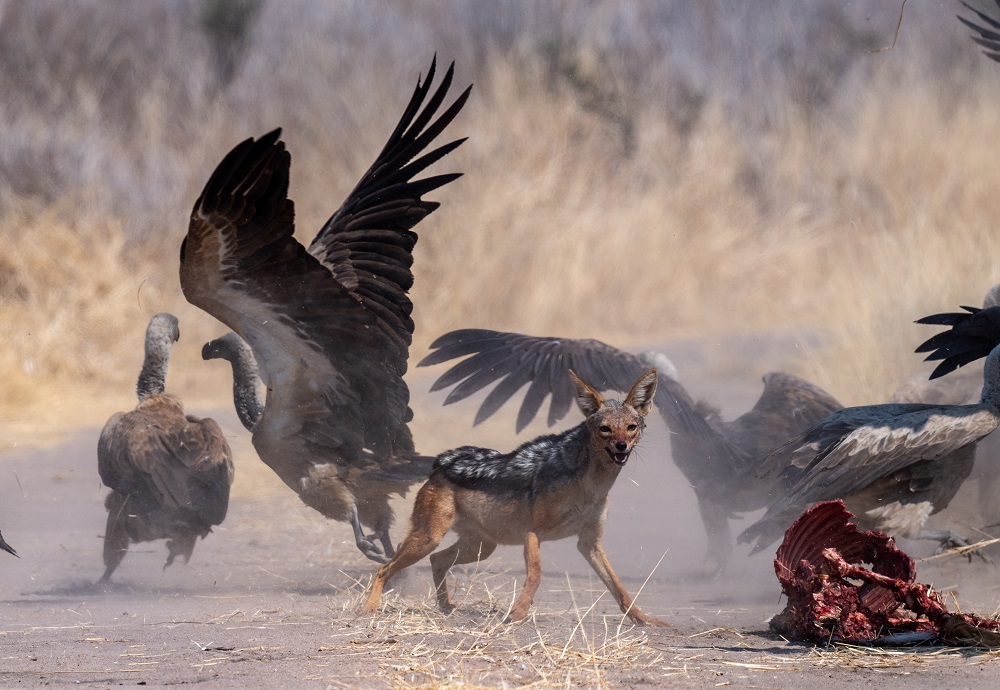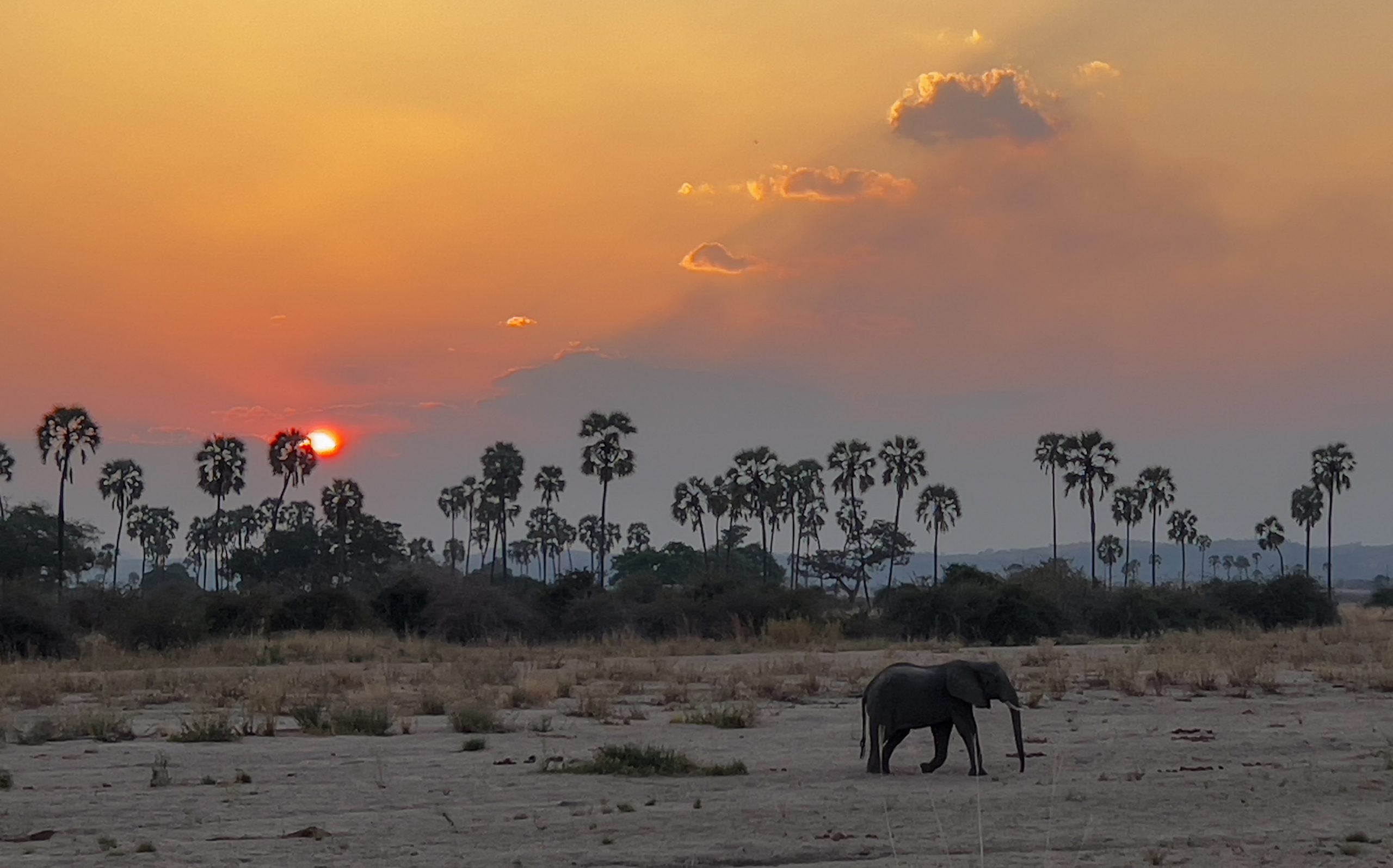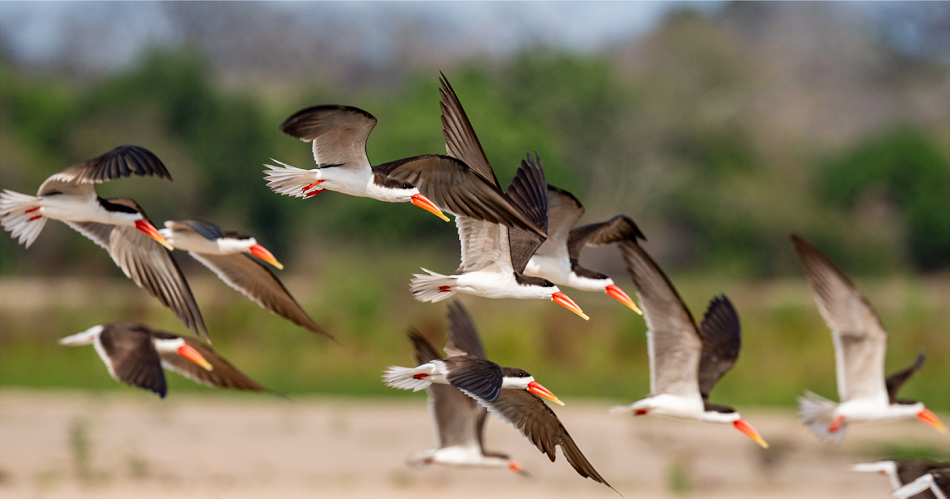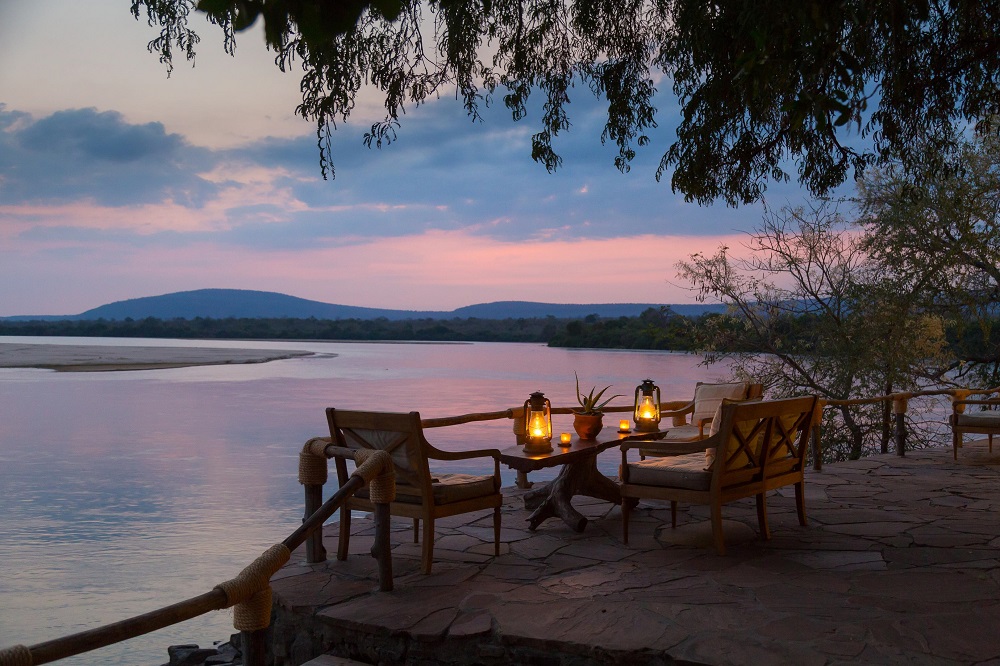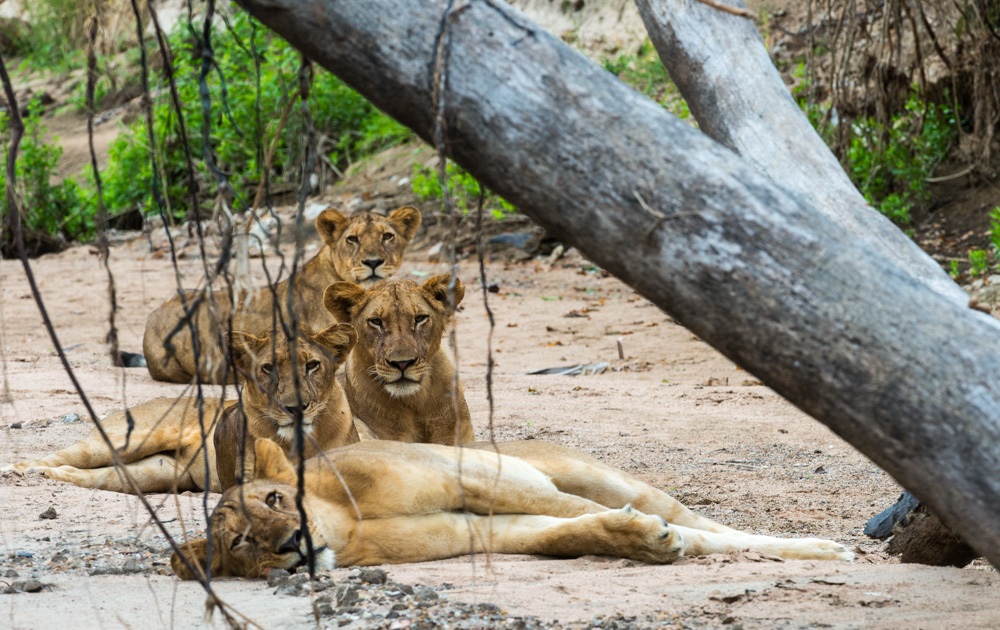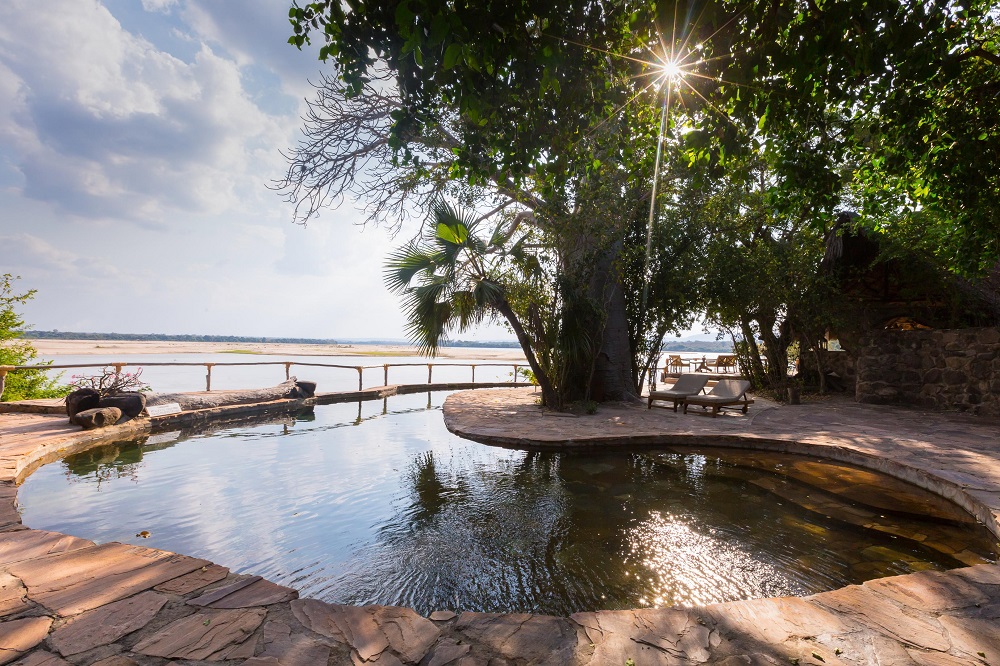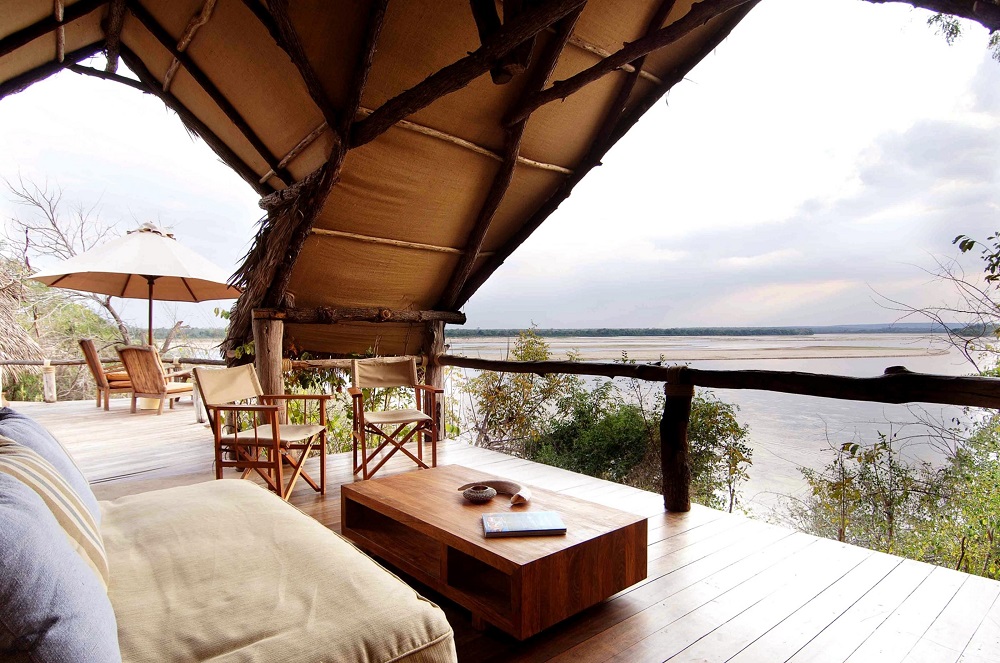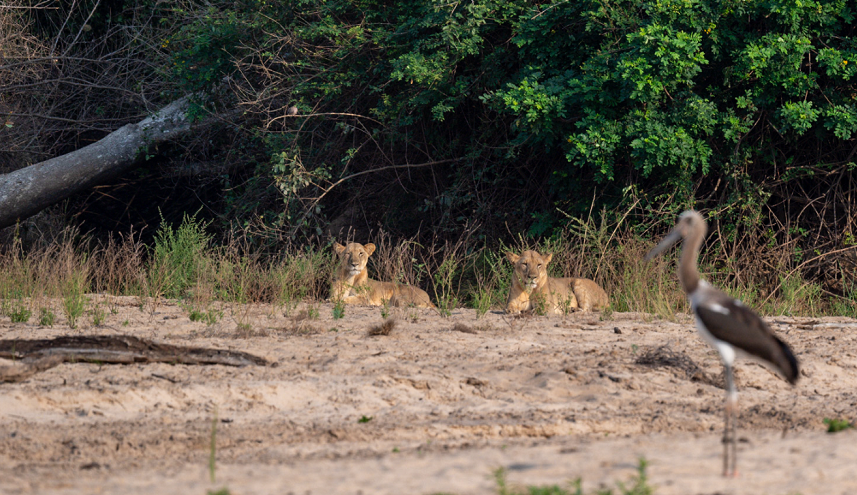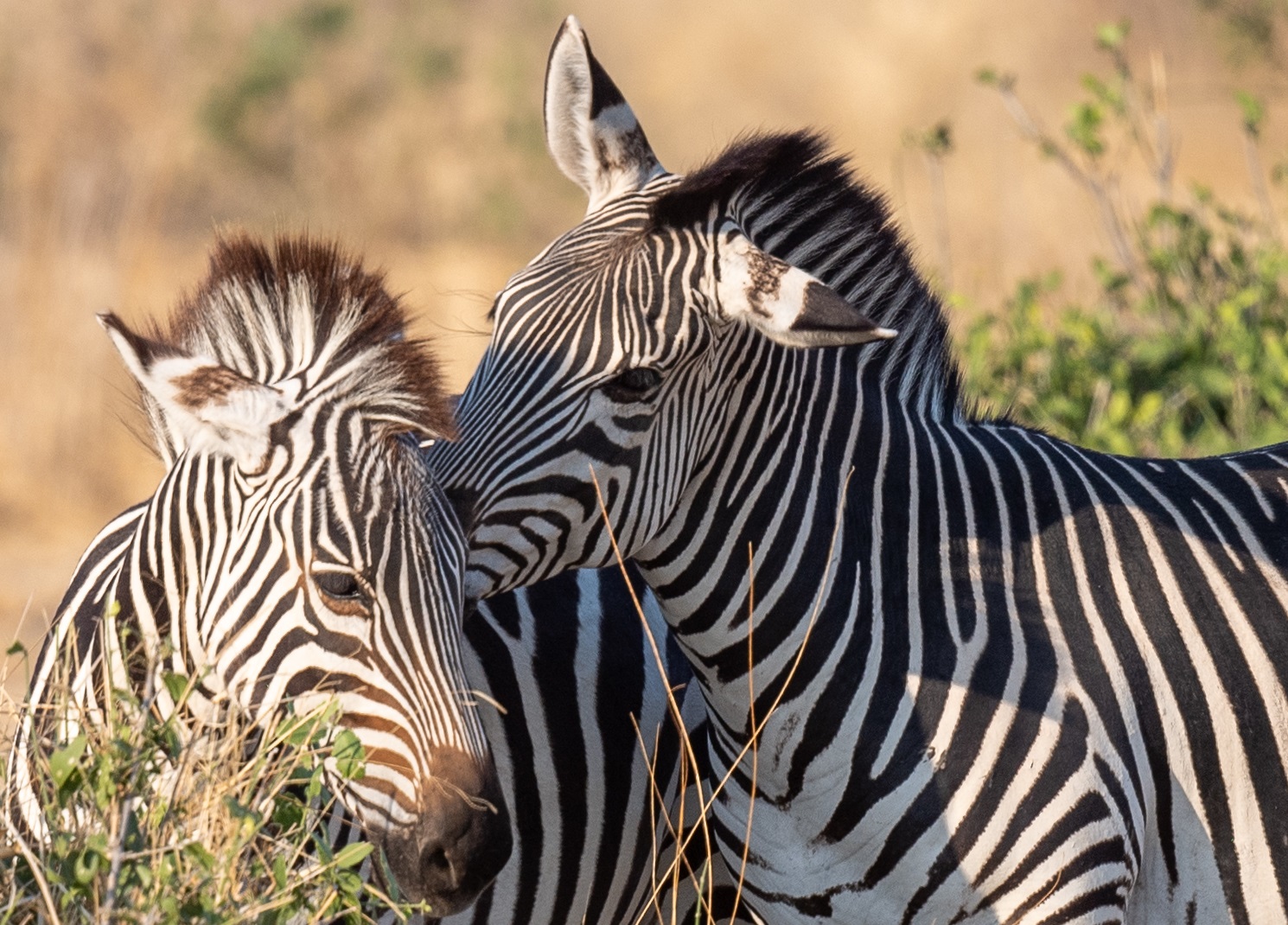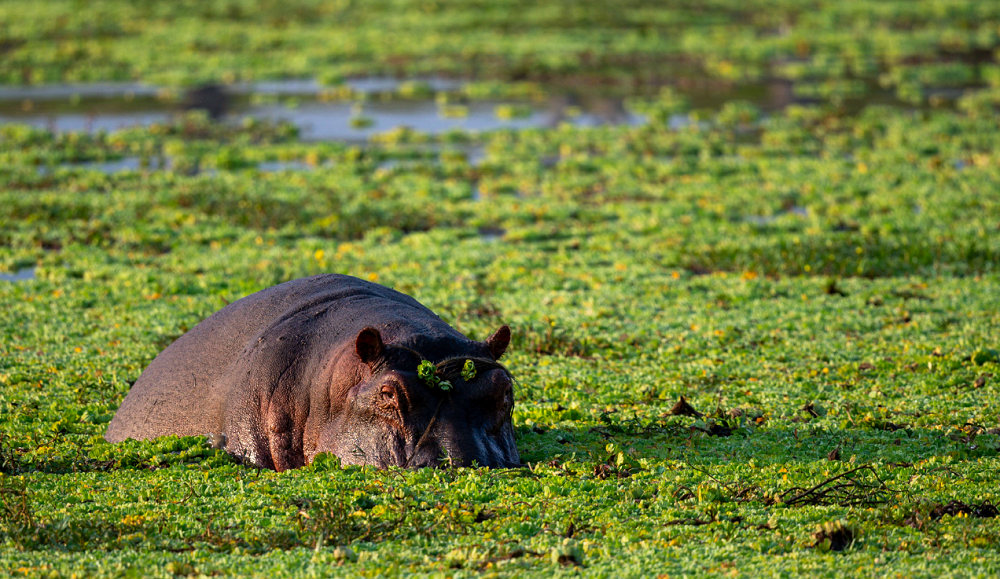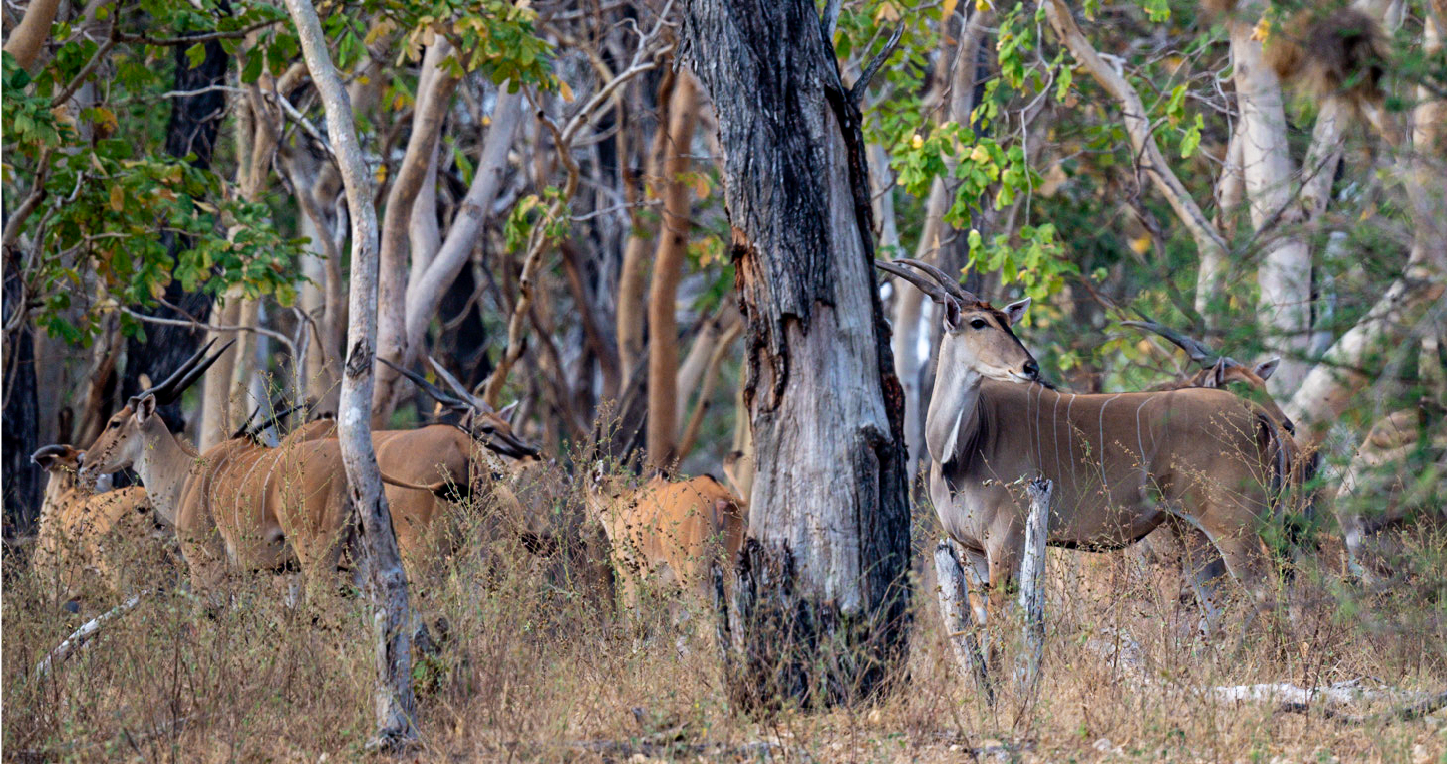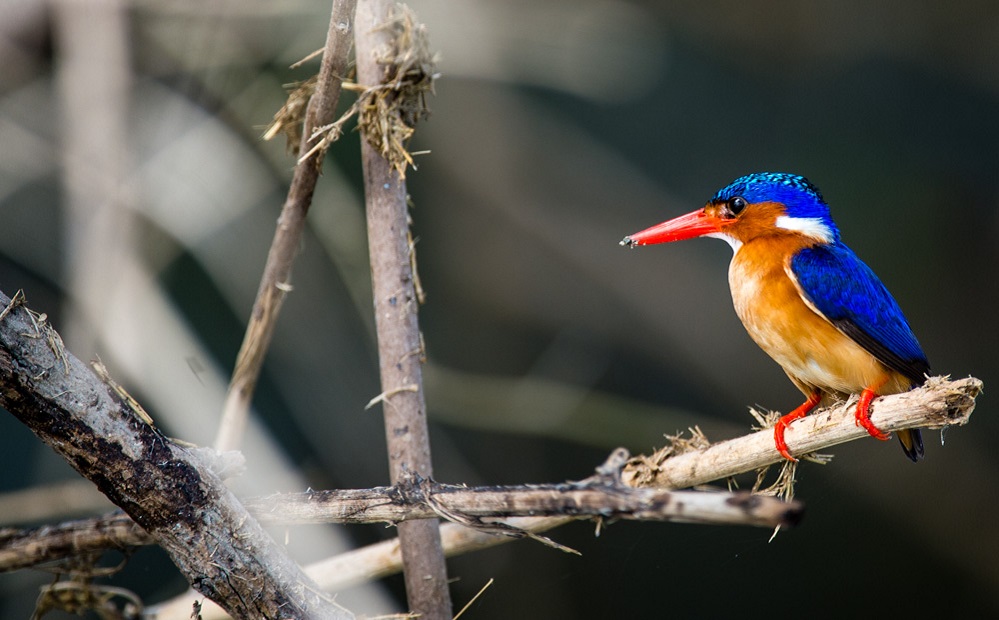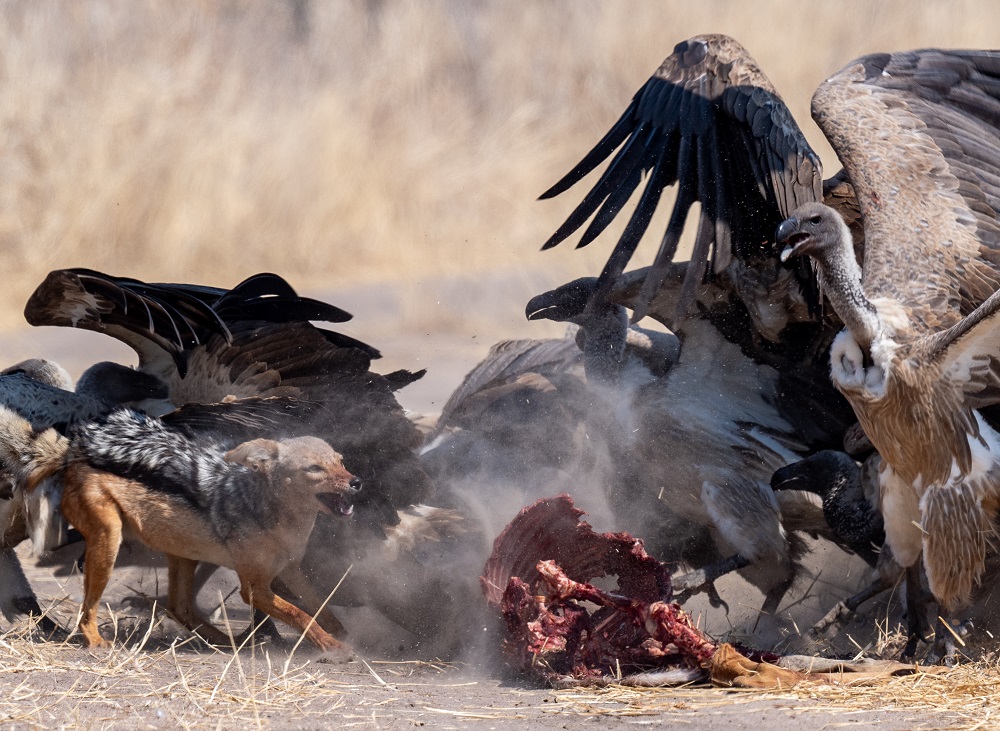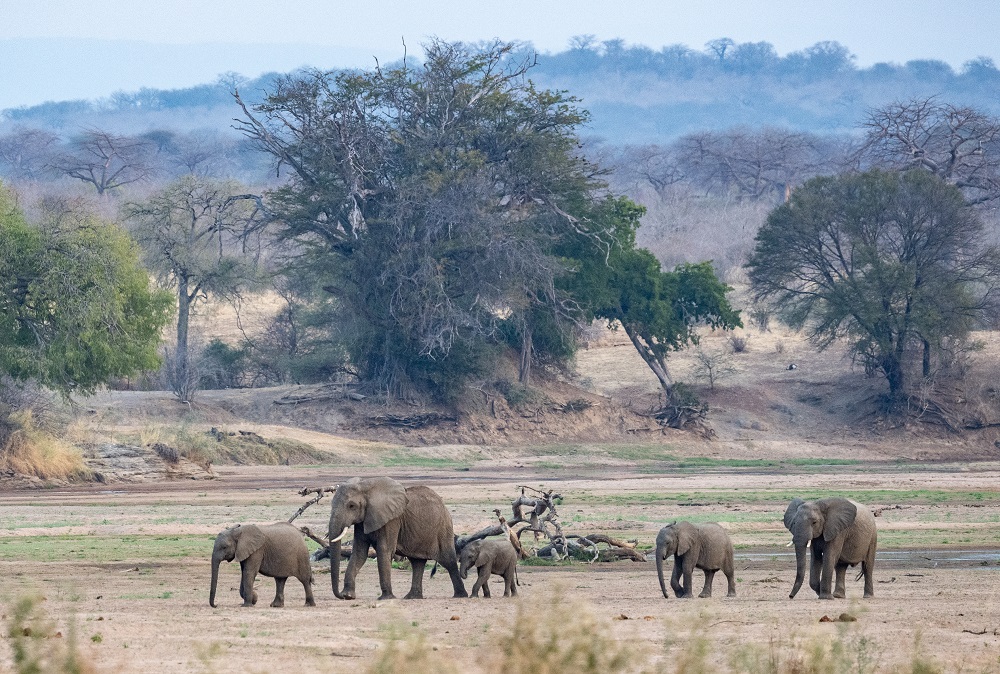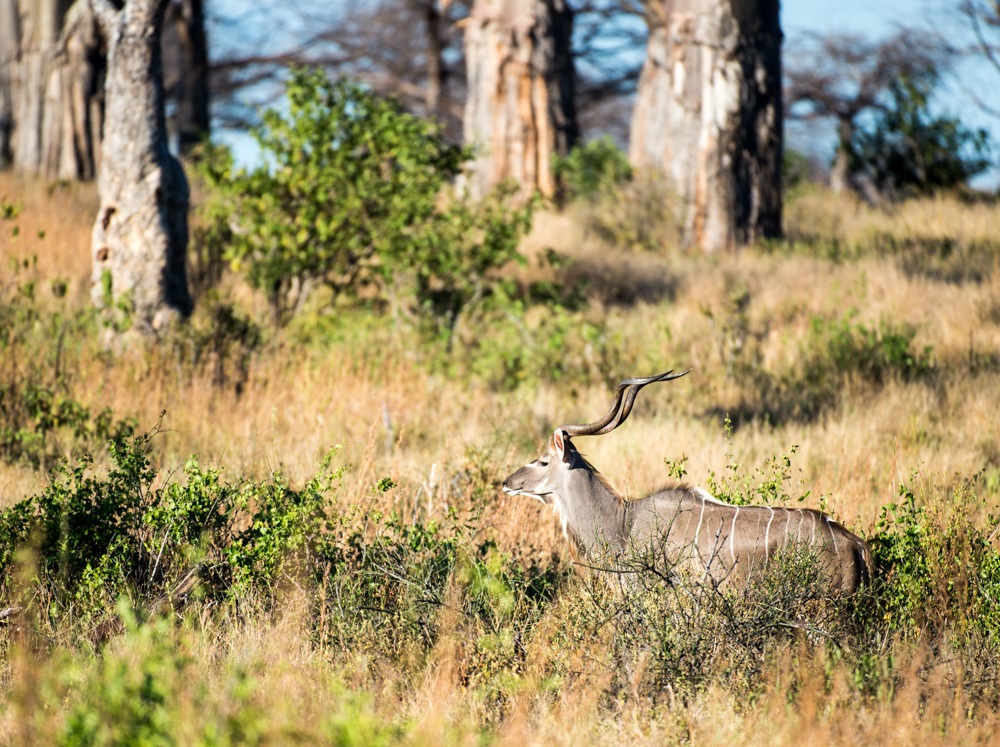Birds in flight
Birds in flight and wildlife photographers have an uneasy relationship. Things go wrong as often as they go right. Getting focus-lock on a moving subject is probably the most challenging aspect of the endeavor. And then getting a high enough shutter speed to stop the motion and avoid the dreaded blurry images… Lately I’ve been shooting birds in flight at around 1/1,250 shutter speed and f-8 with ISO set to auto with pretty decent results.
African skimmers are my favorite birds to capture in flight, hands down. Or maybe I should say wings down? Kathy and I were fortunate to bump into a bunch of them on the banks of the Rufiji River in what is now Nyerere National Park (formerly Selous) a little more than a month or so ago in Tanzania.
Here are a few of the skimmer photos:
With a 500-mm lens it is possible to almost completely blur the background for a pleasing ‘bokeh’, which also makes the subject ‘pop’. Which is exactly what you want.
Sometimes it is a good idea to show some habitat; in this case the typical – beautiful – Nyerere (Selous) riverine forest along the truly magical Rufiji River where baobab trees often creep into the photos.
I had never gotten a photo of an African skimmer while calling, until this time – when I captured two of them ‘talking’ at the same time! Skill or luck? I’d like to think a little bit of both.
Symmetry is a photographer’s friend and capturing these two skimmers in similar positions, with their graceful wings pointed down, is what makes this an interesting shot. Background is always an important consideration when shooting birds in flight; a green leafy background is almost always better than anything else.
What is better than one skimmer or two skimmers? A bunch of skimmers, obviously. When captured together in a flock – the tighter the better – almost all birds make an interesting photo.
Adding drama to your photos
How does one add drama to a photograph? There’s several tried and trusted ways including motion blur, silhouettes, lighting effects, shadows and backlighting. Sometimes, nature itself supplies the drama, you just have to channel it. Take dust, smoke and fog for example. Each one of these can turn an ordinary wildlife situation into something special. I’ve seen it multiple times with wildebeest, elephants and rhinos. Elephants kicking up dust at Amboseli, rhinos shrouded in fog in the Masai Mara, a smoky background in the Okavango Delta, in the aftermath of a veld fire. Those are conditions that can turn your run of the mill photographs into little masterpieces. What might otherwise be a pretty ho-hum scene can become truly magical – with tons of drama – with just a little dust, smoke or fog. Of course, you have to be in the right spot at the right time. And have a plan.
When we came upon a mixed group of vultures in Ruaha National Park recently, I was initially only mildly interested in the scene. Until we saw a fearless black-backed jackal almost recklessly charge right into the thick of the vulture pack, desperately trying to drive them off what remained of an impala carcass.
Suddenly everything changed. There was dust everywhere as the jackal startled several of the birds into flight. I was ready for the second charge, with a high shutter speed at f/11, which would – I thought at the time – provide me with sufficient depth of field to get the jackal and some of the birds in focus. It worked. Maybe not 100% – I could have used even more depth of field – but keeping the lens focused on the birds and waiting for the jackal to rush into the frame had the desired outcome.
Here are a few of the photographs:
On a morning game drive from Kigelia Ruaha camp in Ruaha National Park last August, we initially drove by this flock of vultures surrounding the carcass of an impala until we saw a black backed jackal rushing across the road, straight into the bunched up vultures.
Seemingly fearless, the relatively small jackal tore into the vultures, biting into their wings indiscriminately and chasing off several of them. The resulting commotion and ensuing dust is what ultimately turned the scene from a not-so-special sighting to a true spectacle.
The jackal found itself facing overwhelming odds but it persevered, making several charges and finding itself right in the thick of the action more than once.
While I would have loved to have gotten a little better focus on the jackal in this photo (should have used maybe f/13 instead of f/11 for more depth of field) it nonetheless captures the essence of the conflict and the proximity of the jackal to the vultures.
In the aftermath, with the dust settling and the vultures getting ready to consume what remains of the impala, there is a sense of a battle having been won, and of nature taking its course.
Becoming a better photographer
Becoming a better photographer is an ongoing process, much like it is with any other skill. Early on, after buying my first semi-professional camera in 2008, I started with in-person and later online instruction. At the time there were lots of excellent instructional photography books available. Some were better than others. I do recall ‘Understanding Exposure’ by Bryan Peterson as being particularly helpful. Nowadays of course the internet is a treasure trove of instructional videos and e-books.
How long does it take to get good at photography? It depends how much time and effort you put into it. If you get serious with your photography, it will take about two to three years to acquire competence to the point where you will be able to shoot confidently in the manual setting. Also, by then you should have a good understanding of the relationship between aperture, shutter speed and ISO, the three sides of the exposure triangle. You will be well on your way to understanding and using depth of field and you will know enough about composition (the rule of thirds and when to break it), to avoid the most common beginner’s mistake which is to center each and every object in the frame. You’ll also be able to read a histogram. It may take as long as ten to twelve years of study and work to really master the skill of photography. Fortunately, there are no age limits or expiration dates. So keep shooting, keep learning and keep enjoying making beautiful images!


